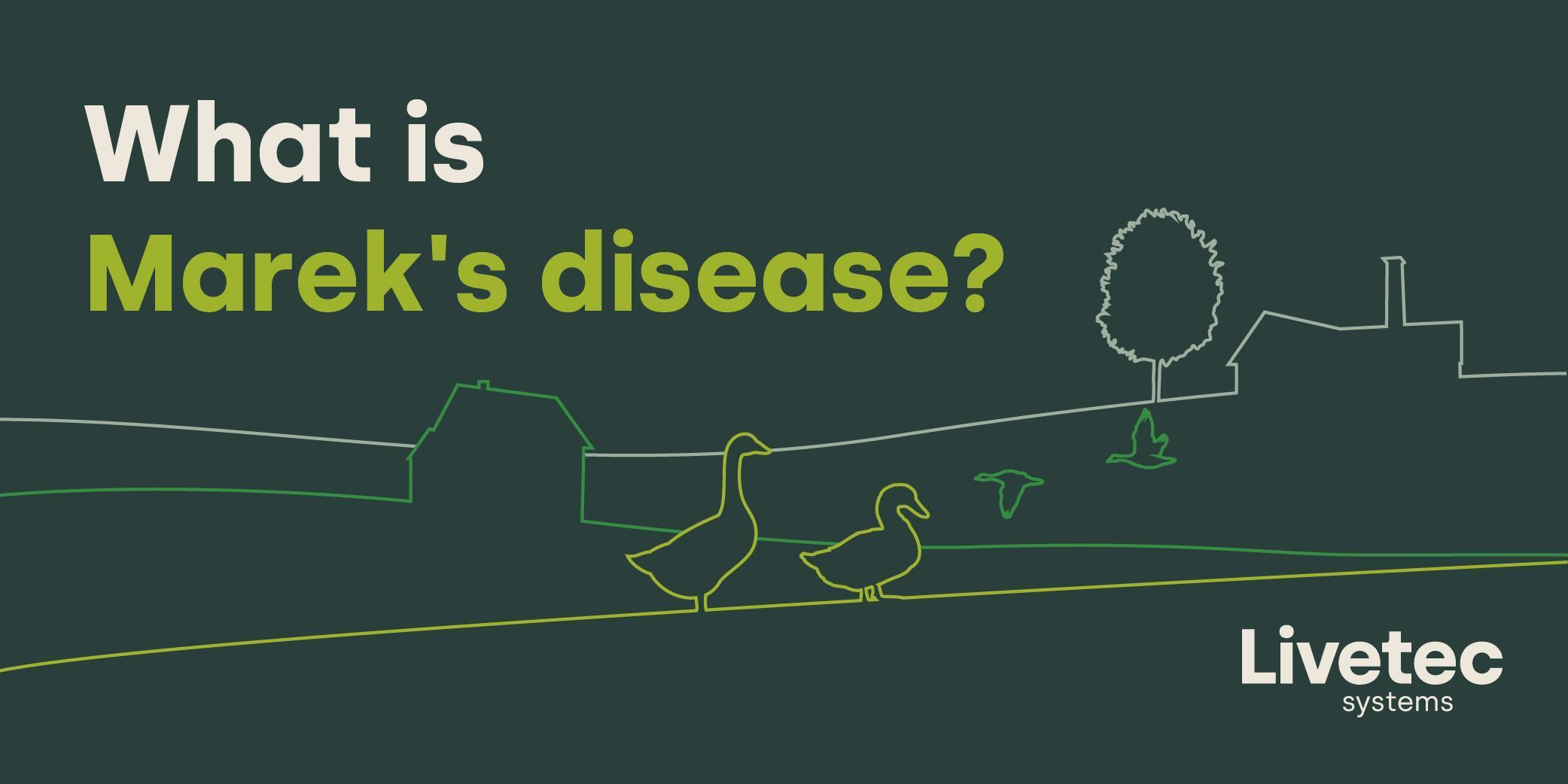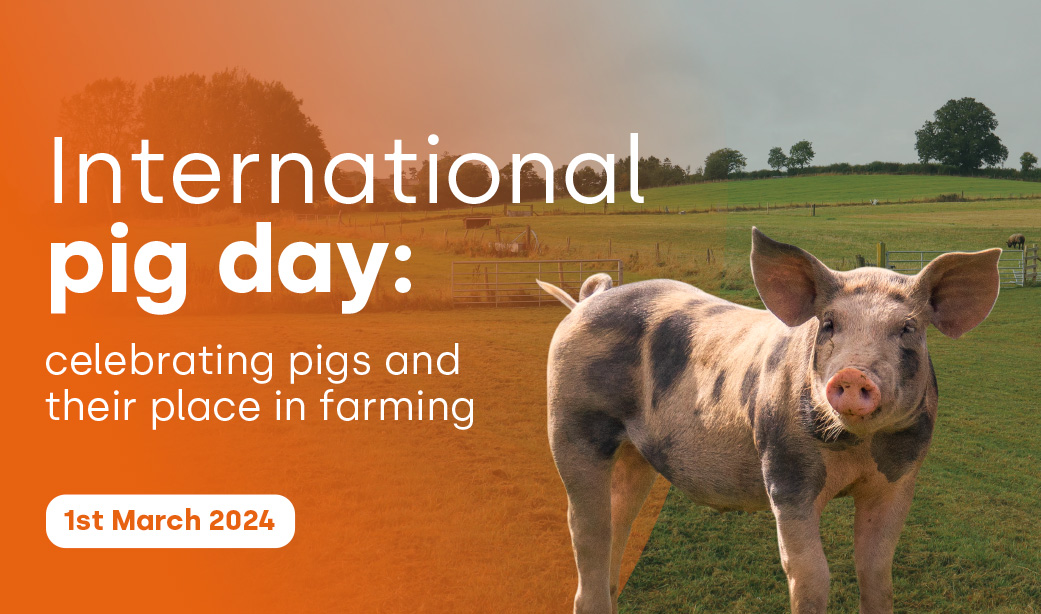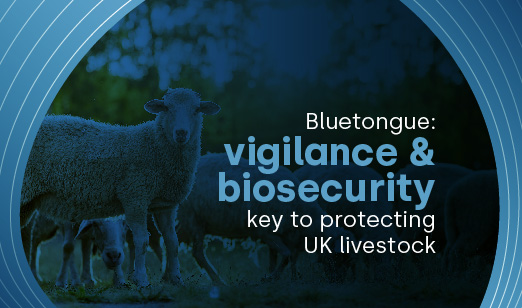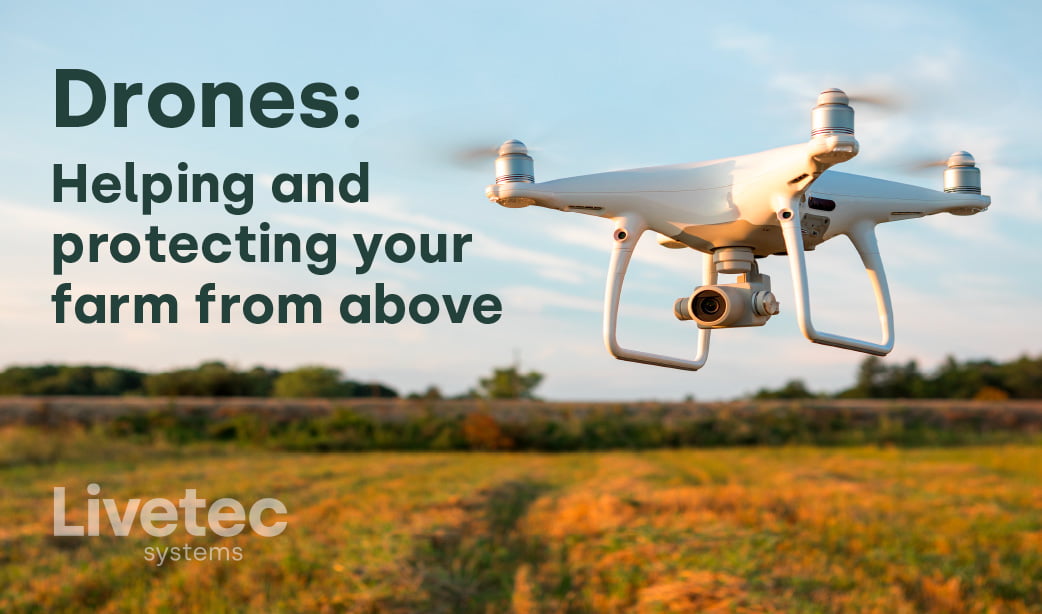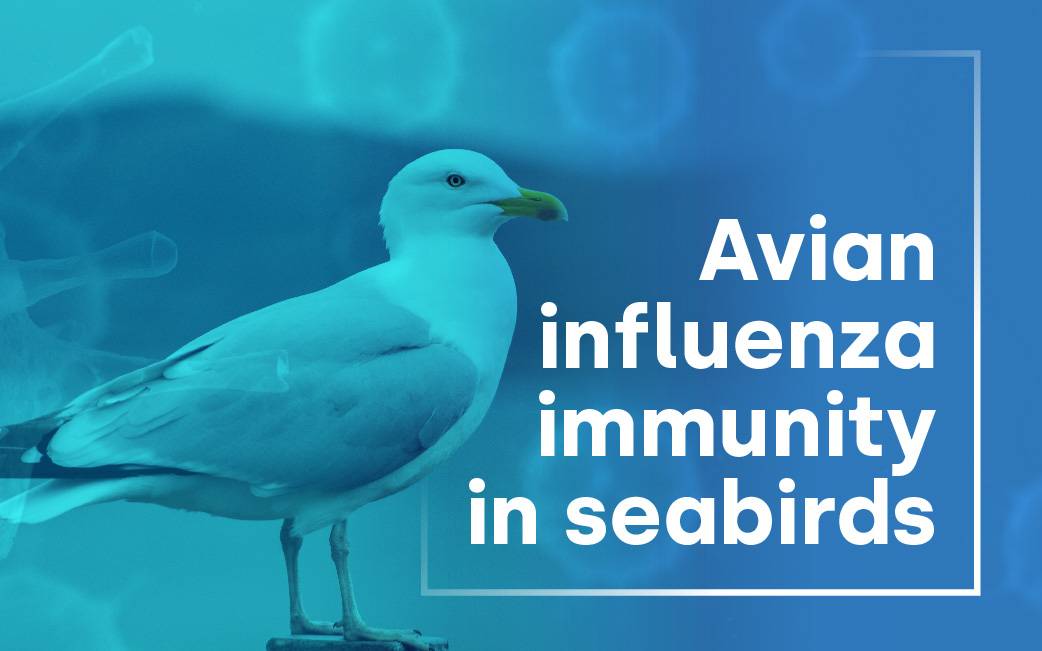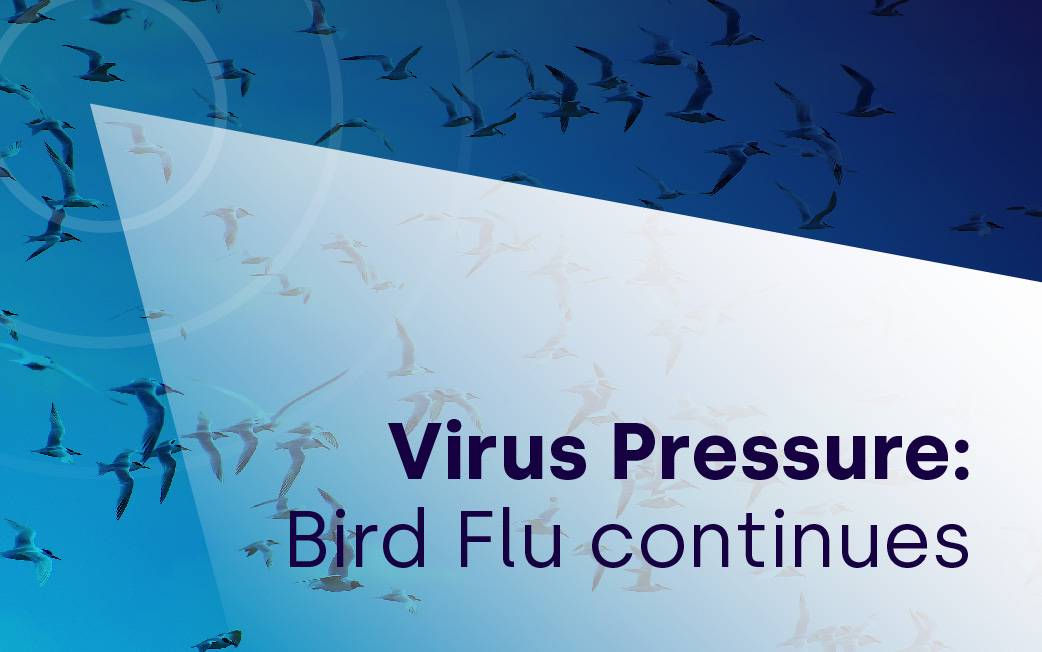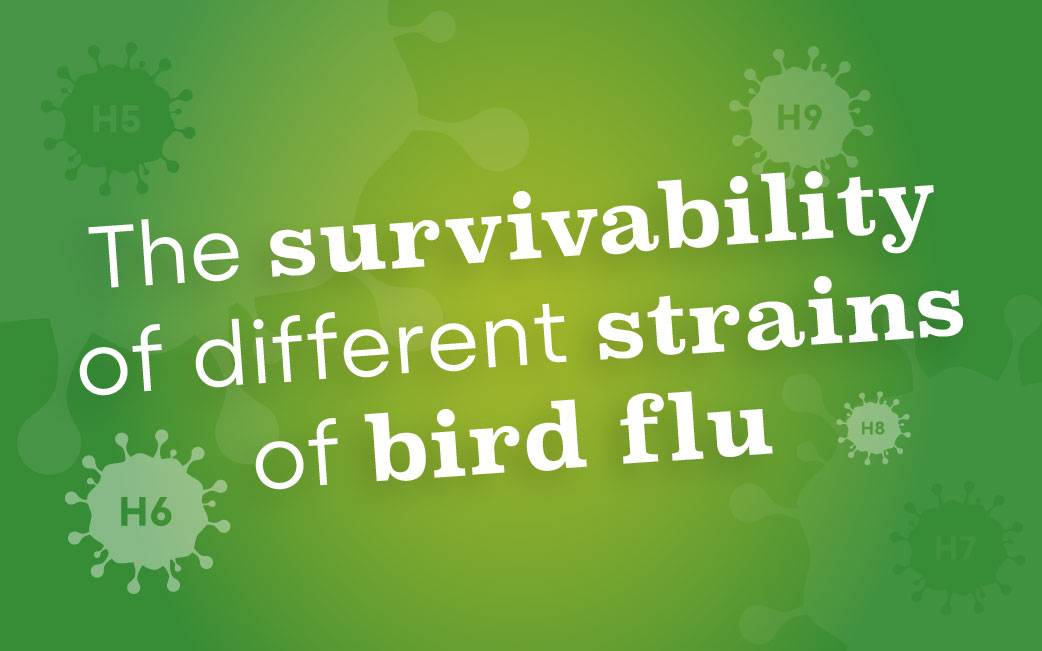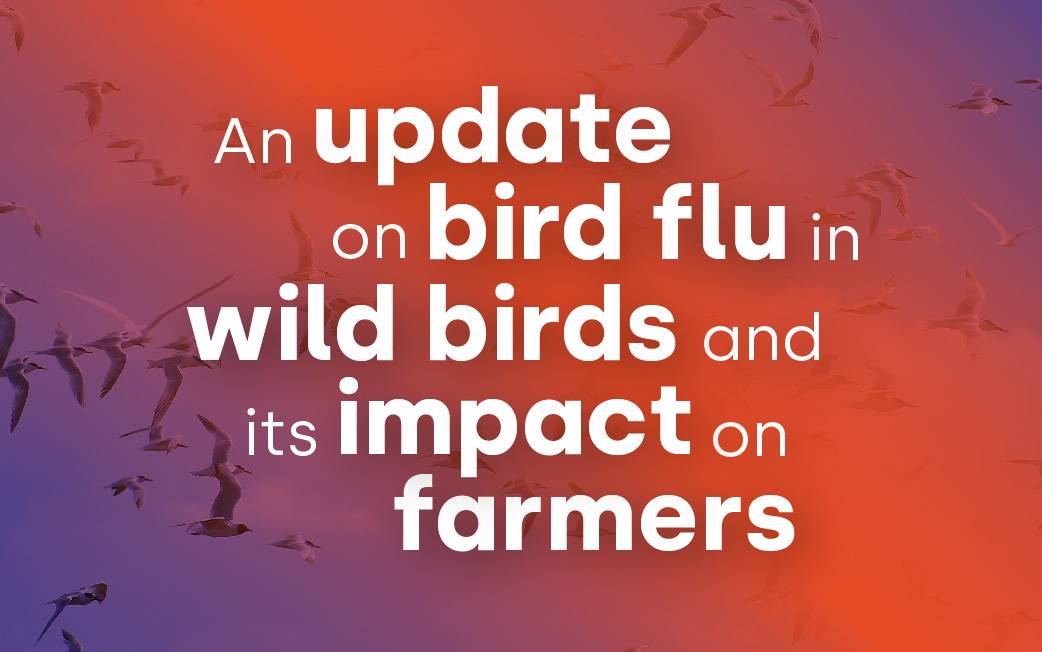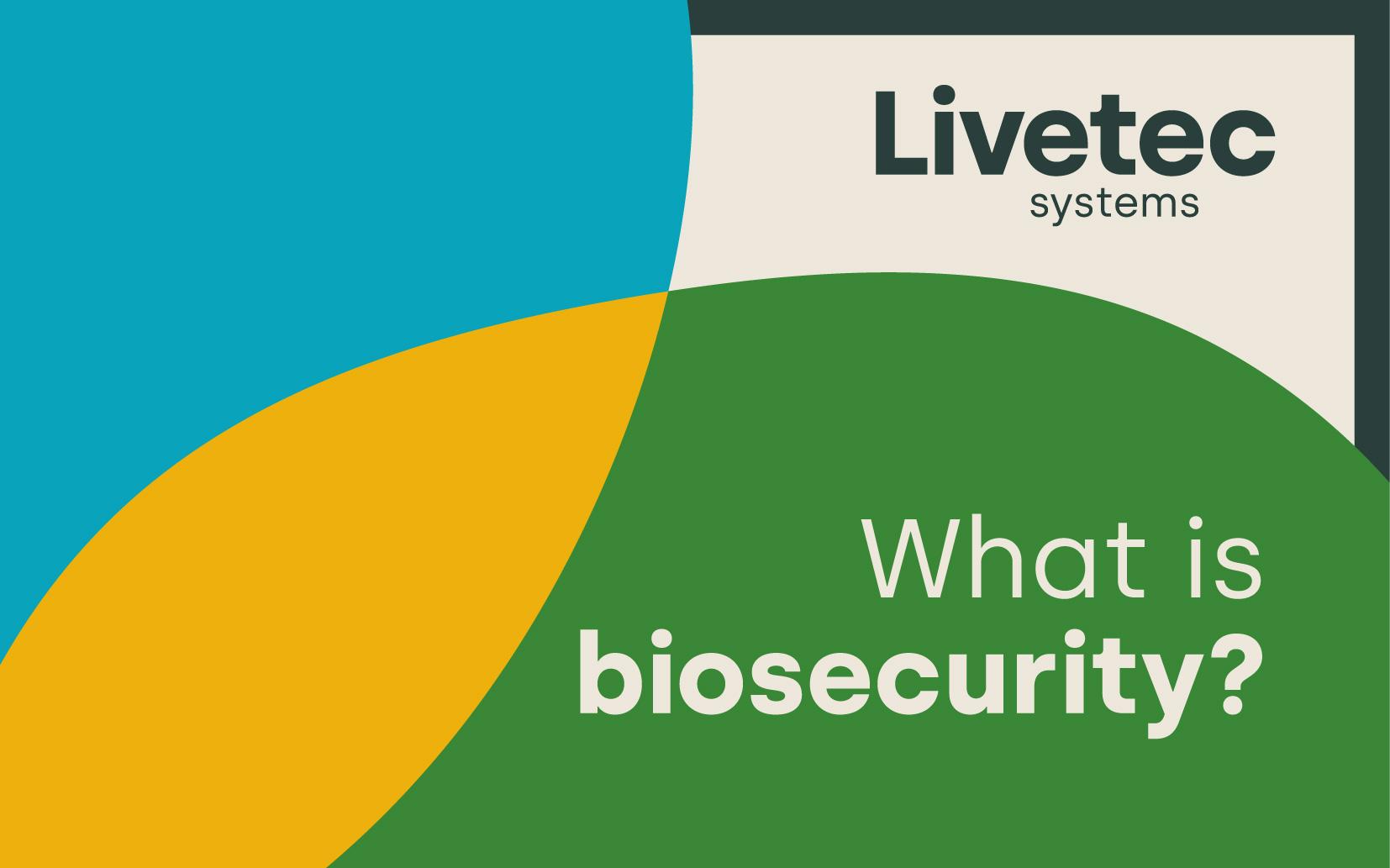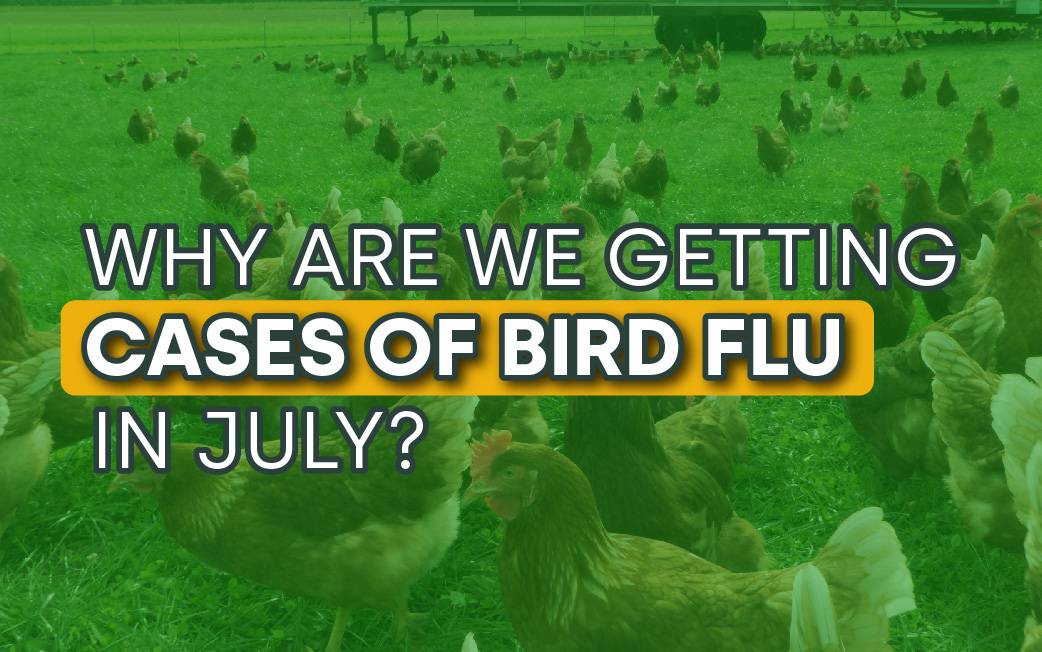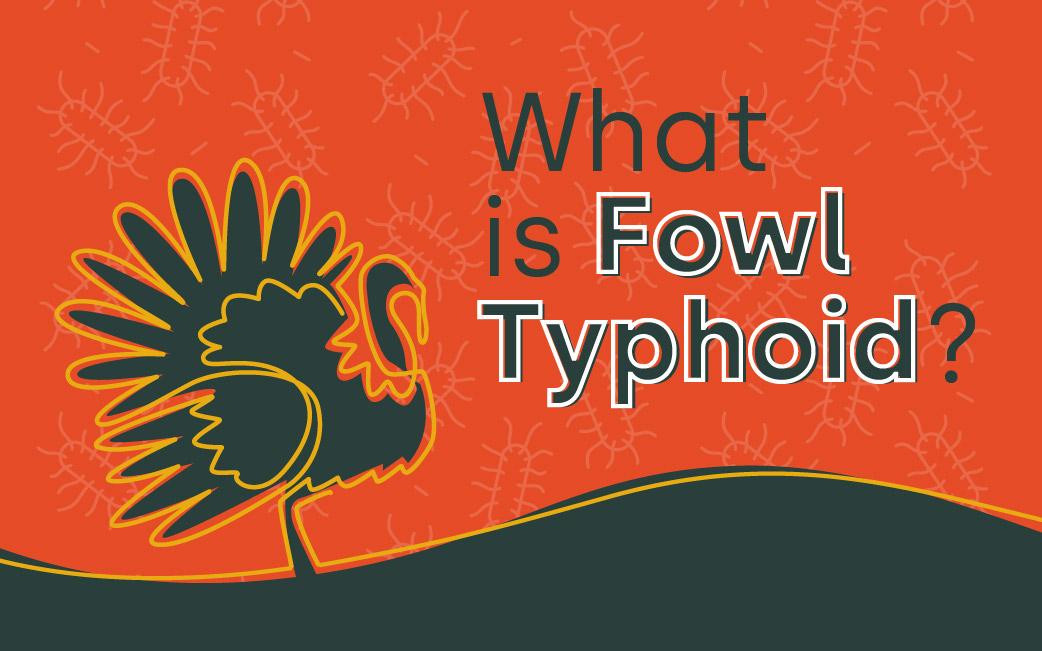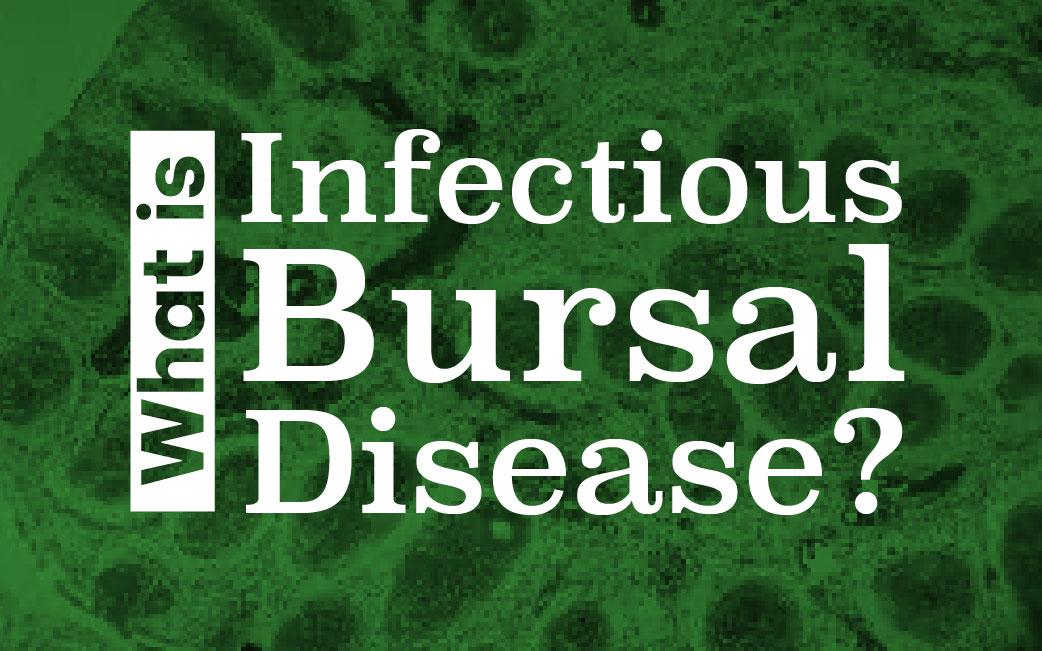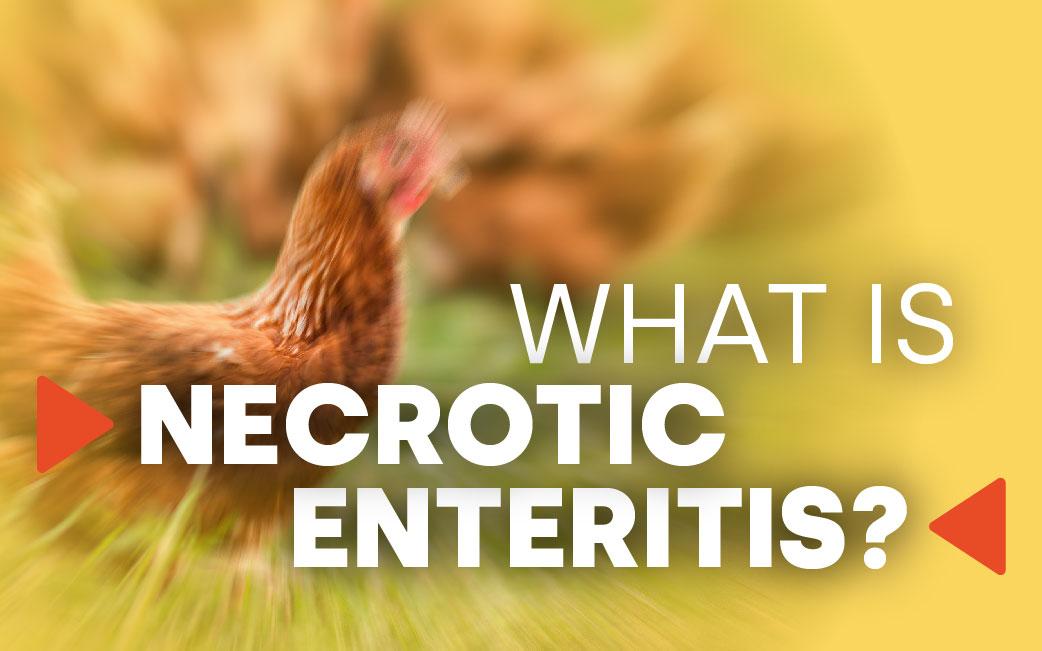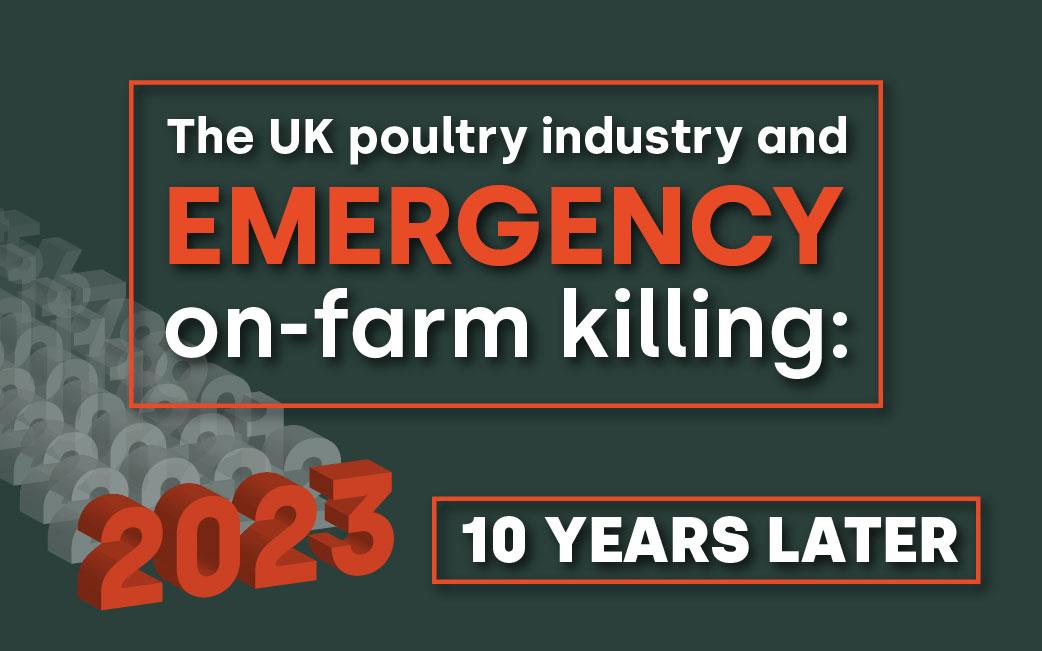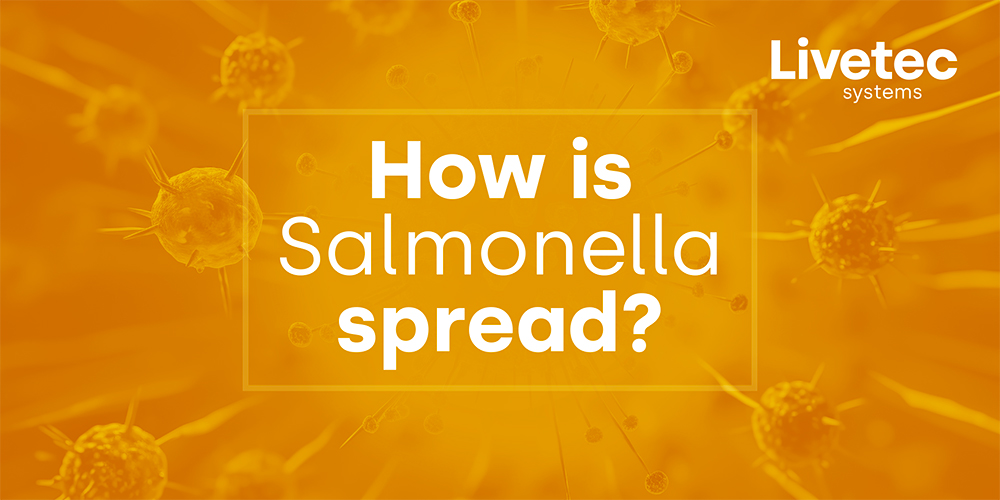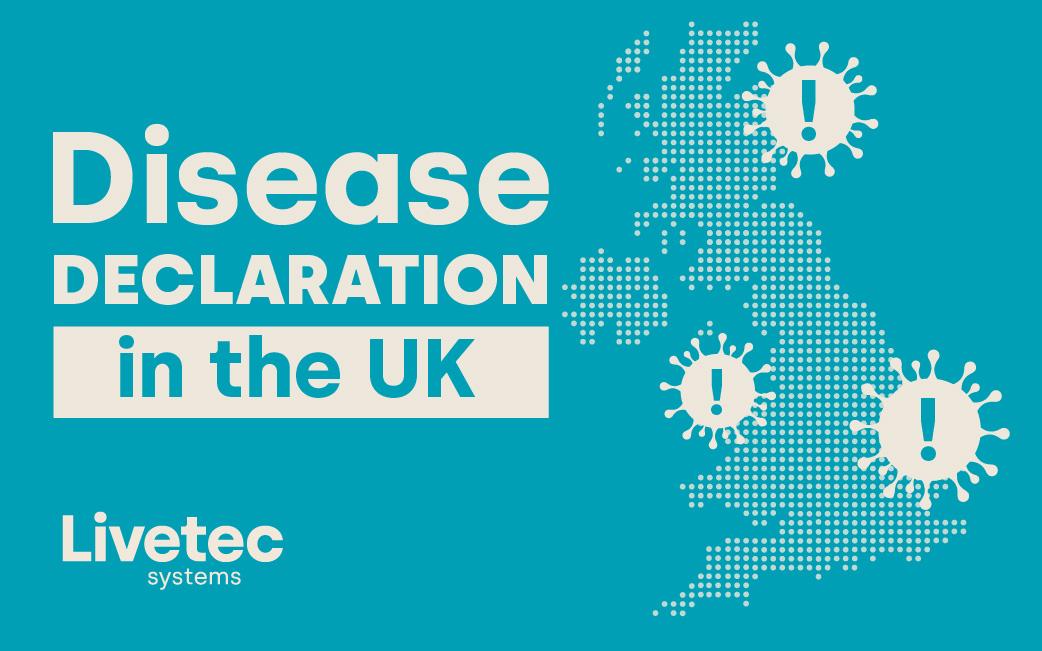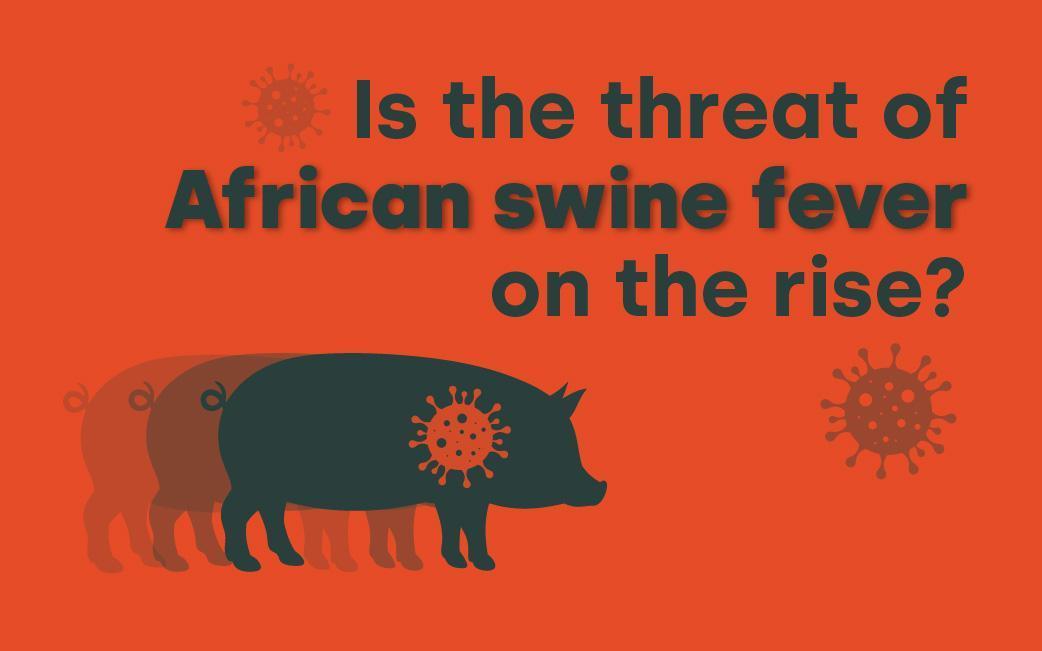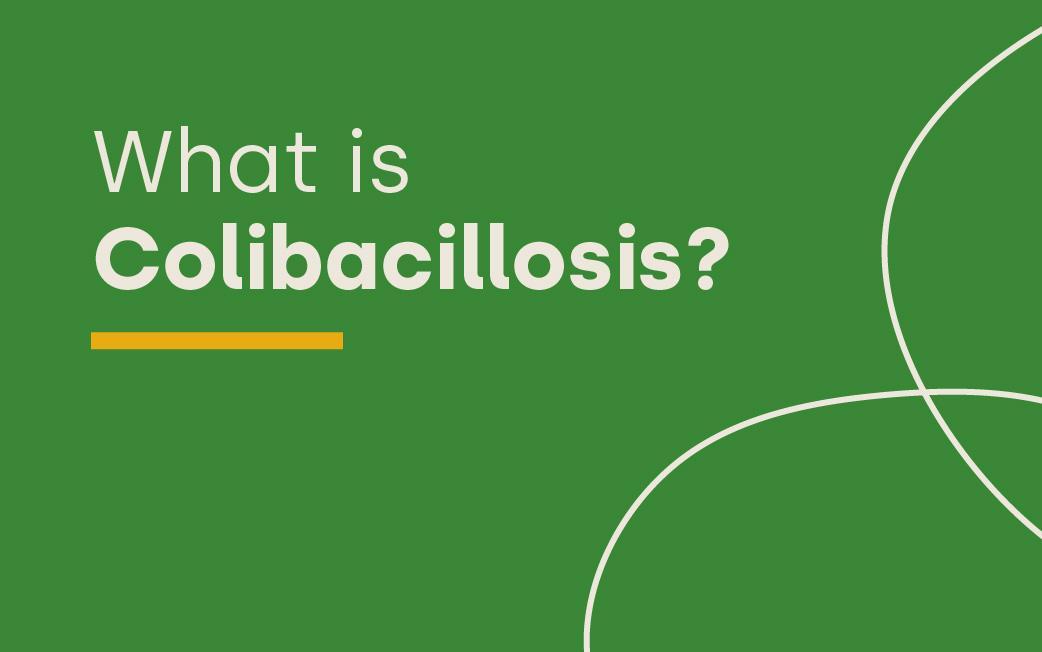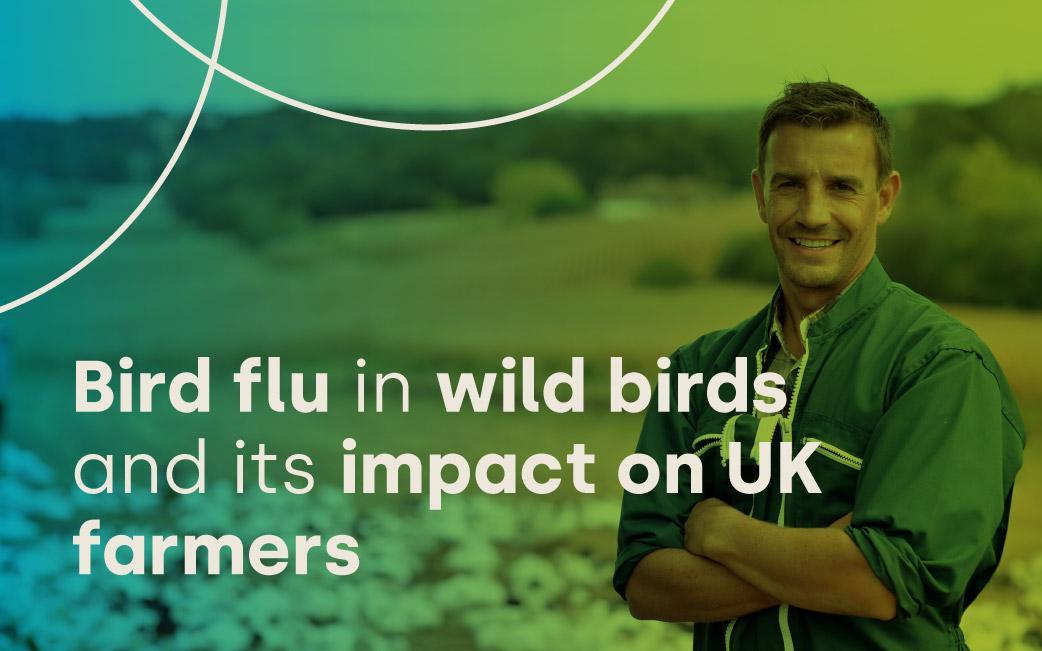Marek’s disease is a highly contagious viral disease that primarily affects chickens. It is caused by an alphaherpesvirus, a herpes virus and has six mutations. It is one of the most ubiquitous avian infections and every chicken flock worldwide is presumed to be infected, with the exception of those maintained under strict pathogen-free conditions.
Young chicks are very susceptible to horizontal transmission and in unvaccinated chicken flocks, it can be devastating. Severe clinical outbreaks in turkey flocks in France, Israel and Germany have seen mortality rates from tumours reaching between 40% and 80%.
Although clinical disease is not always apparent in infected flocks, a decrease in growth rate and egg production can have a huge negative impact economically.
Cause and transmission
Marek’s disease is caused by an alphaherpesvirus. The main transmission of this highly contagious disease is by infected premises, where day-old chicks become infected by the oral and respiratory routes. Young chicks are particularly susceptible, especially in tight living conditions, but that decreases rapidly after the first few days.
It mainly infects chickens but also infects other poultry like quail and turkey. It is spread in the dander from feather follicles and transmitted by inhalation. It can also be spread by dirty hen carriers, clothing and boots. In ambient temperatures the virus can survive for well over a year and vaccinated birds can still transmit it to non-vaccinated birds.
Clinical signs
Signs in infected birds are weight loss, laboured breathing and wing and leg paralysis, where the bird may be lying on its side with one leg stretched out in front and the other behind. Other signs include the iris turning grey in colour and round firm lesions at the feather follicles. Mortality usually occurs between ten and 20 weeks and can devastate unvaccinated flocks.
Diagnosis
This can be difficult as there may be more than one avian tumour virus present in a chicken so a proper diagnosis requires histological examination. The presence of tumours in the liver, spleen, kidneys, lungs and other tissues is indicative of the disease. Especially the swelling of legs and wings, a change in the size of the pupil and the colour of the iris turning grey.
Treatment and Control
There is no treatment at the moment but current vaccines are highly protective. The herpesvirus found in turkeys is benign and is used as a vaccine strain for the prevention of Marek’s disease. However, the virus mutates and birds may be vaccinated against one strain but be infected by another.
Vaccination and biosecurity are the best protection
Vaccination controls the disease, preventing the appearance of tumours and paralysis. However, it does not prevent birds from being infected with the virus. That’s why robust biosecurity measures are vital to help protect flocks.
Livetec are the leaders in biosecurity
Livetec have been at the forefront of preventing poultry diseases for a decade.
Our unique Biosecurity Advisory Service provides farm businesses with a visit from an expert, who will conduct an on-site review of your operations and advise you on the most effective biosecurity measures, relevant to your farm.
There is also the National Outbreak Plan. It’s a wealth of information on how to prevent disease incursions and what you are required to do by law should one occur. It helps you plan for a speedy recovery and plan for the future success of your farm business.
To find out more about how our services and the National Outbreak Plan can help you, click here.

